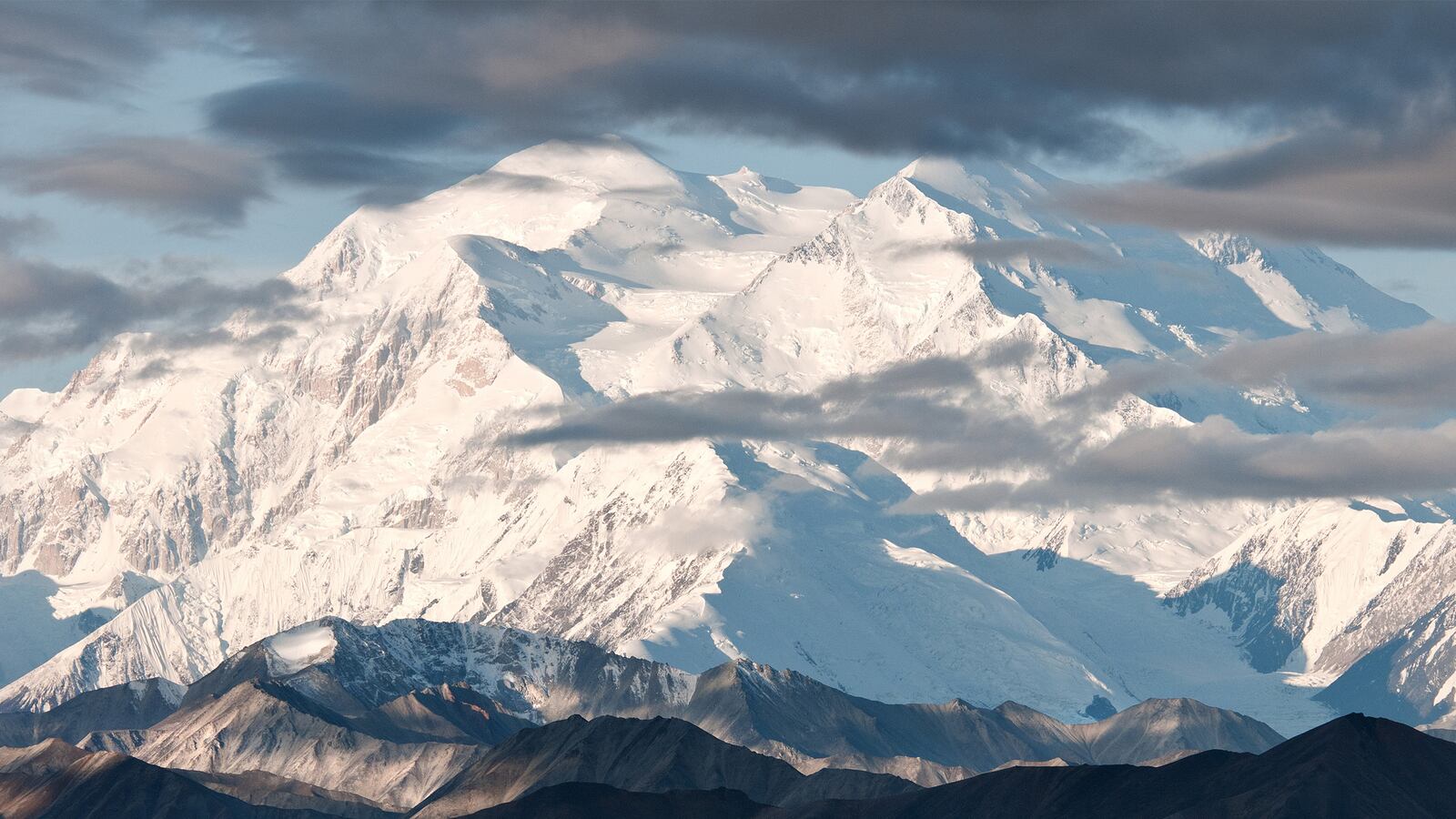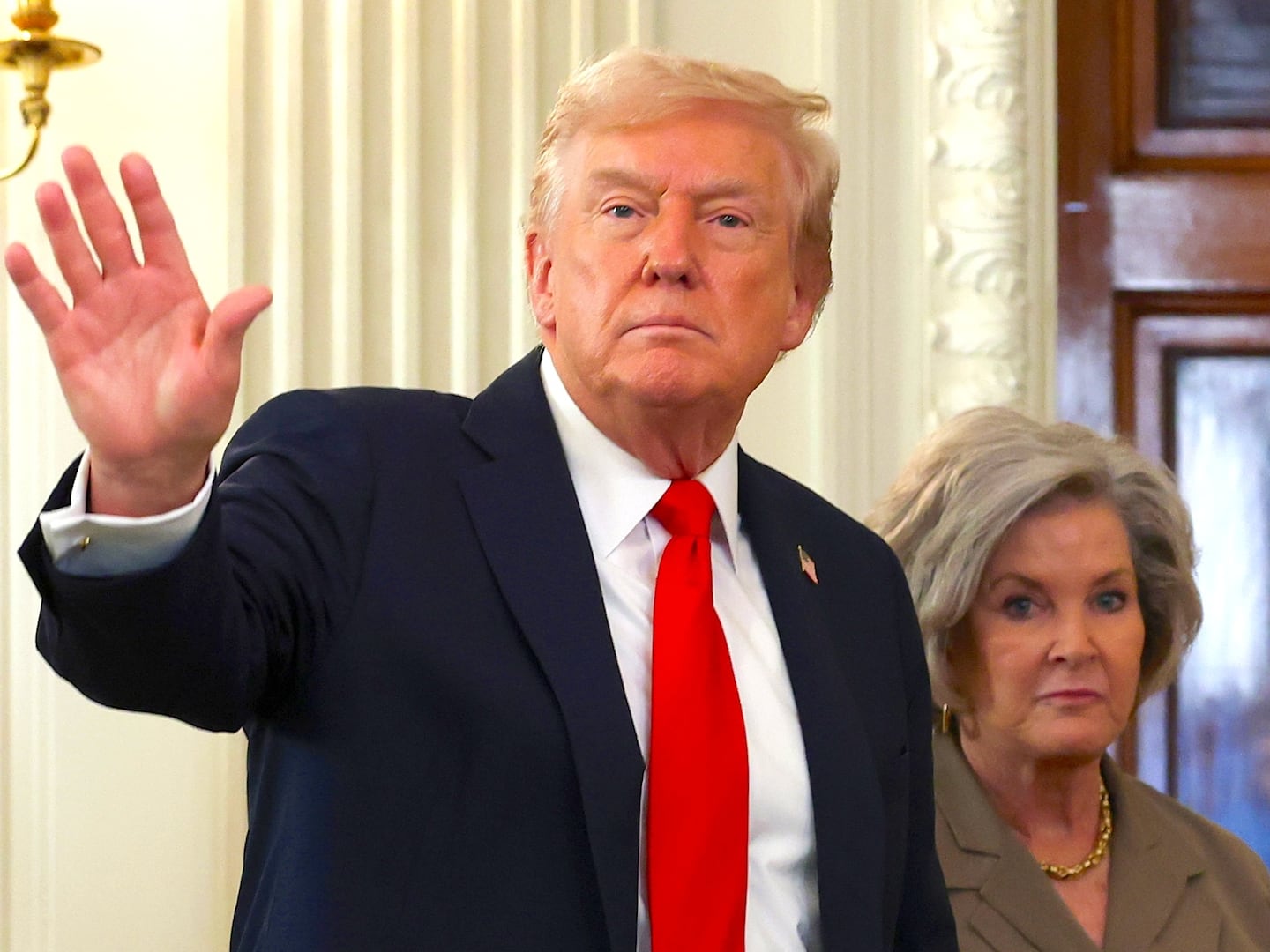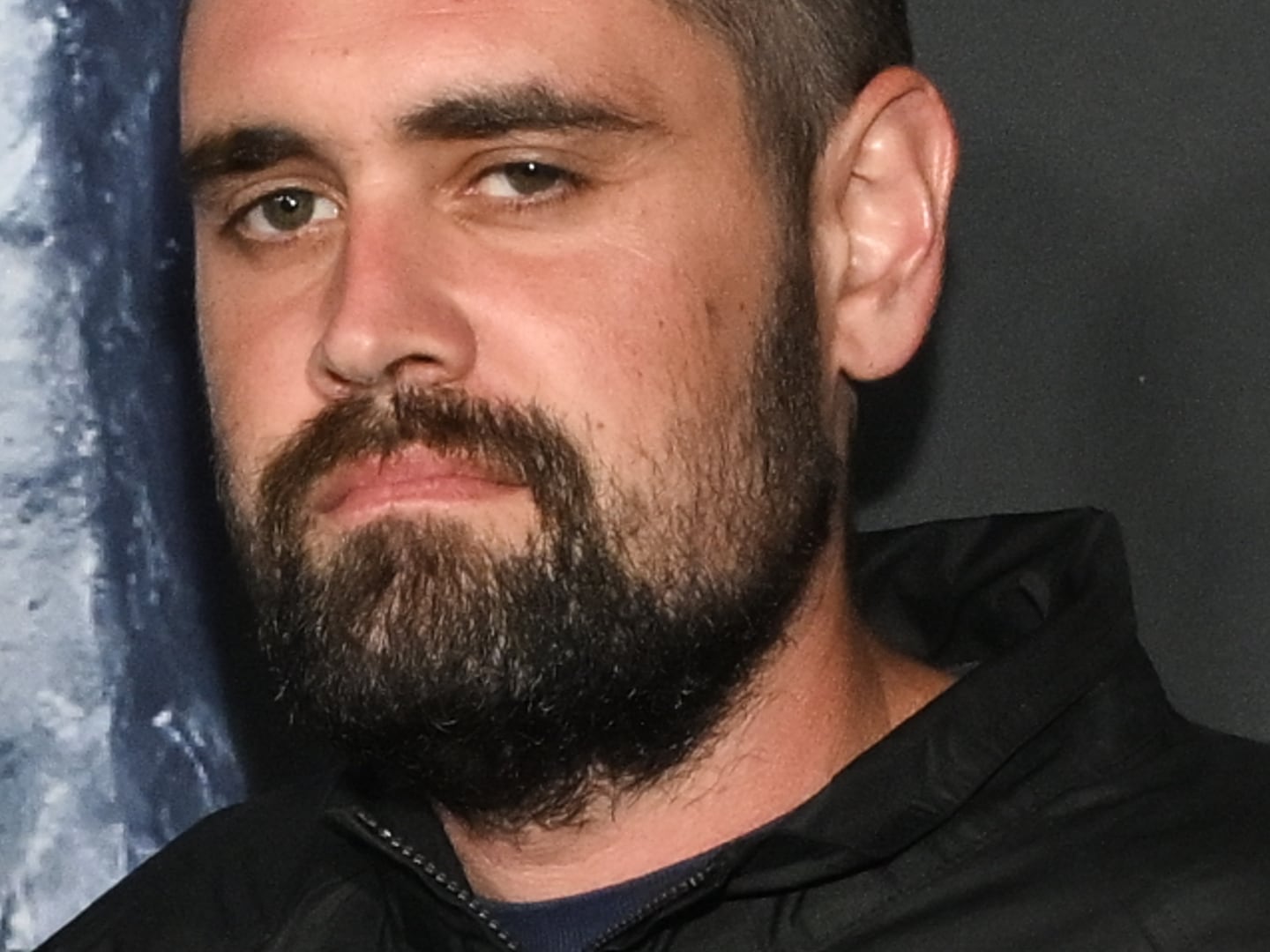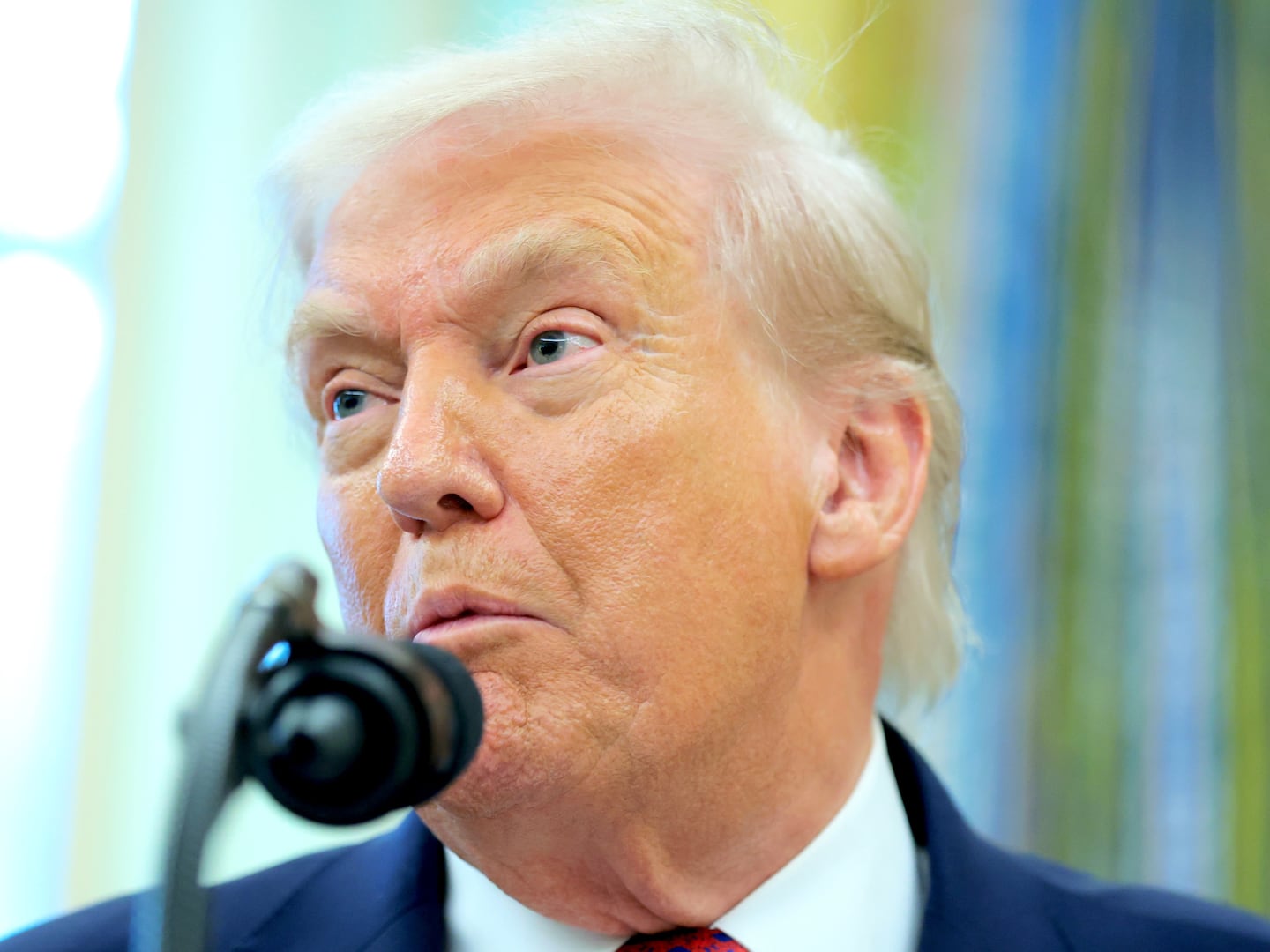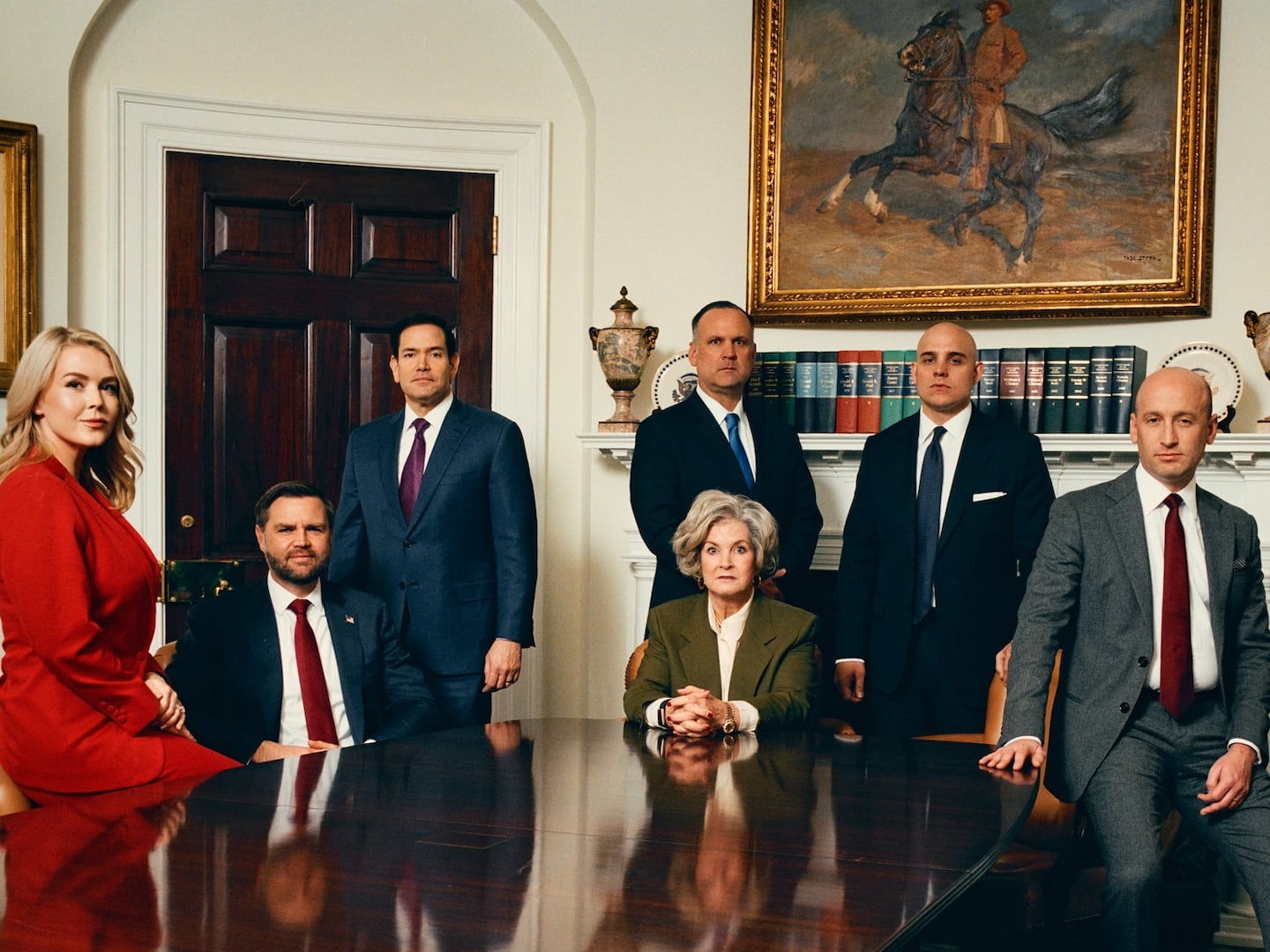The highest peak in North America now has a new old name. Following decades-long efforts by Alaska lawmakers, and a recent order by the secretary of the interior, President Obama has restored Mount McKinley to Denali, its traditional Koyukon Athabascan name. Replaced is a name given by a prospector in 1896 for the soon-to-be 25th president of the United States, a man who never set foot in Alaska. Some congressmen don’t like the change.
Names wield power. One can say Ohio or Yosemite or badlands without thinking—so embedded are they in American vocabulary. But to consider place-names as givens is to see a reflecting surface and not what lies beneath.
I live in New England. I often visit New York, New Jersey, and other “new” places. Cambridge, Bristol, and Plymouth appear repeatedly in what were once the British colonies. There are also names paying homage to monarchs, like Virginia, Jamestown, Carolina. Those recalling an older Old World: Philadelphia, Athens, Syracuse. And the Washingtons, Jacksons, Columbuses, Lincolns to honor “great men.”
Colonial tugs of war left remnants from other languages. Dutch echoes around New York City in Haarlem or Haerlem, Jonkheer’s, de Bouwerij (the Bowery), Breede Wegh (Broadway), and De Waal (Wall). Spain’s marks can be heard in California, Florida, Santa Fe, San Francisco, Los Angeles, and more.
Names encode meaning and memory. Colonists placed the linguistic familiar about themselves, an overlain geography of home that would transform a vast unknown into a knowable new chance. Naming and mapping would work as twin projects in the courses of empire, making certain ways of inhabiting and relating to this place called “America” natural.
By laying claim to territory of the mind and memory, newcomers from Europe and their descendants overprinted and appropriated older names, other views already there.
Native place-names, or the names of tribal people living in those places, appeared on colonial and later maps, though it is more accurate to note that explorers and settlers transcribed into familiar symbols what they heard. More than half of the United States’s names originated, in some form, from indigenous languages. Yet here is a paradox: To find their way and fill their maps, these venturers needed Native peoples’ knowledge of the land. Their maps and names would then obscure that knowledge from its context, as Indigenous people themselves were dispossessed of, and removed from, their homelands.
Languages and naming patterns from Africa also crossed the Atlantic Ocean. Though largely overlooked, toponyms bearing their influence survive on the land and on maps, especially along the coast and tidewater rivers of the South—and in communities established over two centuries across the nation, from Parting Ways to Freedmantown.
Yet many place-names that refer to African Americans weren’t given by them. “Nigger” once featured in at least 200 official toponyms, according to the U.S. Board on Geographic Names. Only in 1963 did the board decide to replace what it called the “pejorative form of Negro” with “Negro” on federal maps and documents.
The “pejorative form” continues in pockets of local speech and on some maps. Other slur-names remain the official, formal names on the land: Darkey Springs, TN; Pickaninny Buttes, CA; Wetback Tank, NM; Dago Gulch, MT; Wop Draw, WY; Dead Injun Creek, OR; on and on.
Names of enmity and ignorance can outlive the bestowers for many reasons. The vantage point, the “appearance” of overwhelming difference in the eyes and ears of beholding namers over 500 years, still exists.
“All the greatness of any land, at any time, lies folded in its names,” Walt Whitman once wrote. “Names are the turning point of who shall be master.” Some say that this country’s history can be read in the names on the land. If so, the text at the surface is far from complete. A reader might try to look beyond “official” terms for traces of other languages, other visions. We all might try to remember that names are one measure of how one chooses to inhabit the world.
Tracing memory threads Lauret Savoy’s life and work. A woman of African American, Euro-American, and Native American heritage, and a member of the faculty at Mount Holyoke College, she explores the intertwinings of natural and cultural histories. She writes about the stories we tell of the American land’s origins and the stories we tell of ourselves in this land. Her new book, Trace: Memory, History, Race, and the American Landscape (Counterpoint Press) will be released in November.

